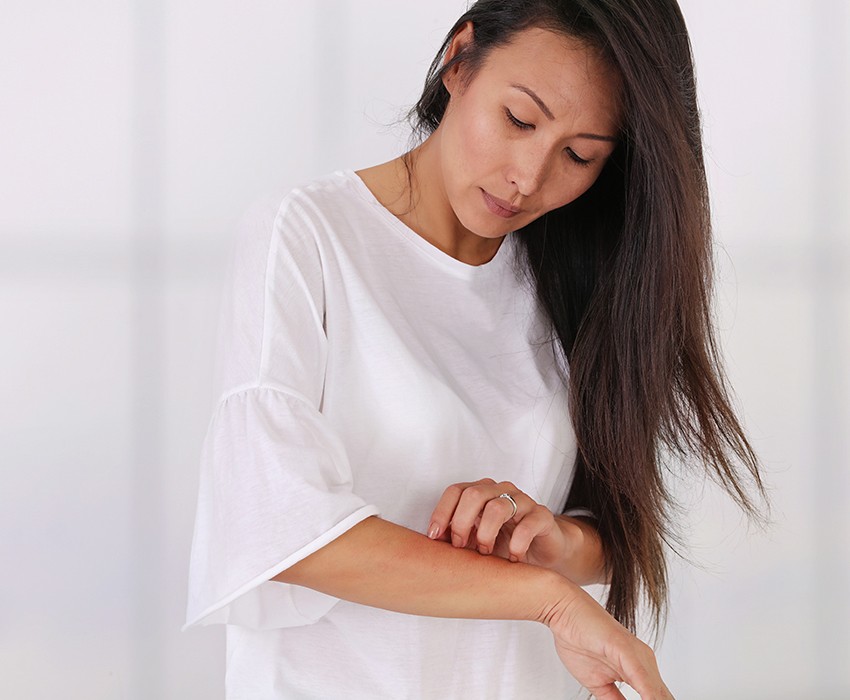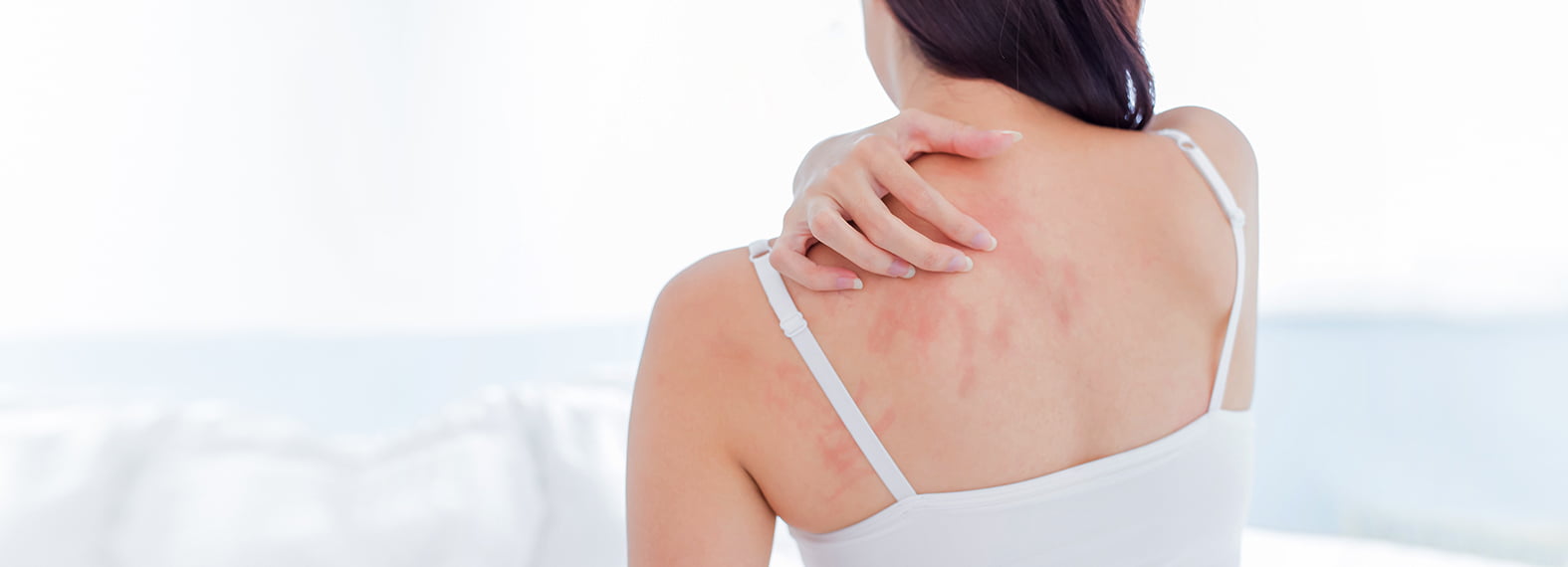At Swiss Derma Clinic, personalized therapy strategies are used to treat different types of eczema, such as seborrhoeic, allergic, irritant and dehydration eczema, and especially neurodermatitis. Neurodermatitis usually occurs as an itchy rash. Certain forms affect the hands and feet, the scalp or the genital area, while the face is often affected, too.

